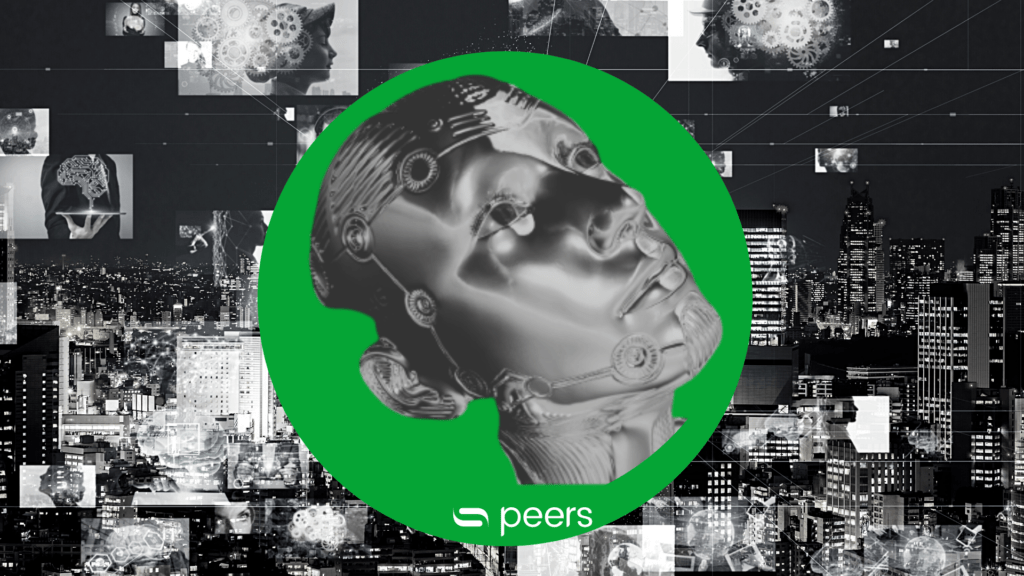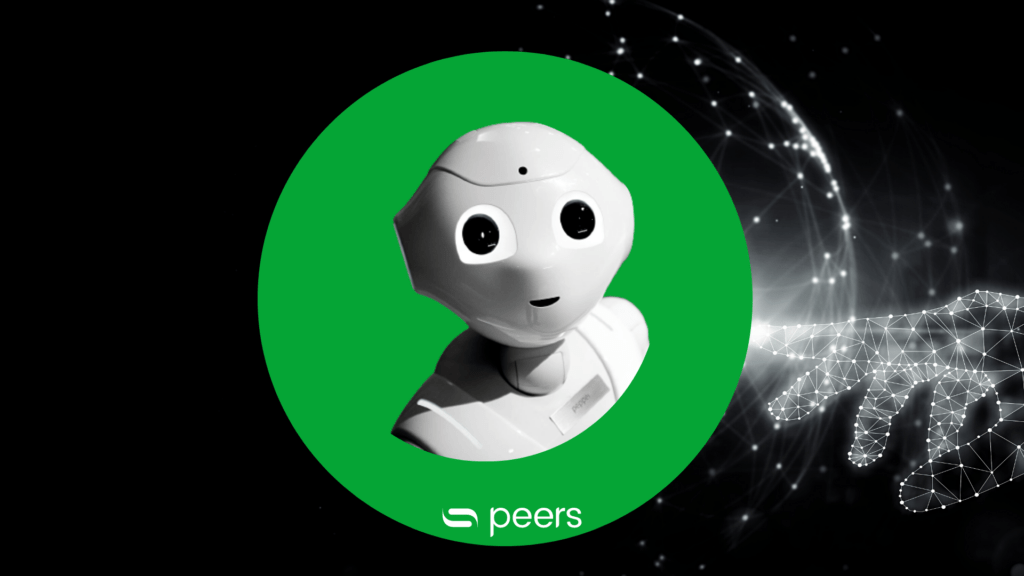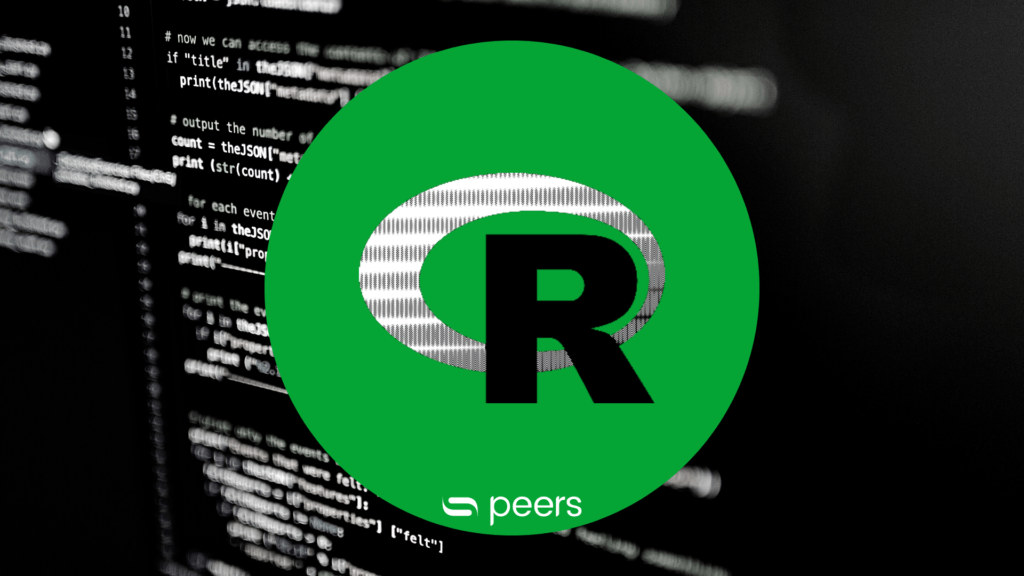Predictive Controlling: Automated Rolling Projection of the Group Income Statement
- Advanced Analytics, Planning, Predictive Analytics
- controlling, prediction, forecast, time series
- 2 min reading time

Dr. Eric Trumm
Table of contents
Why automation and what is predictive controlling?
The advantages of automation are obvious: Thanks to the newly gained information density, planning processes can be optimized and made more efficient. The massive reduction in manual activities frees up capacities for new tasks, while the mathematical susceptibility to error approaches zero. Thanks to the automation of a monthly projection, it is also possible for controlling to create different scenarios in a timely manner, even in times such as the Covid 19 or supply chain crisis. These allow management to simulate uncertainties and react proactively to possible changes.
The need for coordination between parent and subsidiary companies (including high manual and time-intensive effort) can be significantly minimized: This is possible by using artificial intelligence (AI) to largely automate monthly forecasts at group level.
See below for brief insights into the content of the whitepaper:
1. hierarchical time series
Like balance sheets, income statement data has a hierarchical structure: up to eleven hierarchy levels are not uncommon. The simplified income statement hierarchy in Figure 1 combines a total of seven time series in three hierarchy levels. These are not independent of each other: EBT is, of course, the sum of EBIT and the financial result. Theoretically, all seven time series could be forecast separately. However, this approach would lead to the problem that, for example, the sum of the forecasts of EBITDA and depreciation and amortization would generally not correspond to the EBIT forecast - which, however, must necessarily be fulfilled by definition of the income statement structure.
This problem can be solved using so-called matching methods: Essentially, this involves the question of ...
1.1 Adjustment methods
1.2 Data quality and data cleansing
2. algorithms
2.1 Autoregressive Integrated Moving-Average (ARIMA)
2.2 Exponential Smoothing (ETS)
2.3 Stabilization
2.4 More advanced algorithms
2.5 Selection of the method(s)
2.6 Forecast of individual time series - base forecast
2.7 Temporal adjustment
2.8 Hierarchical alignment
By the way: The whitepaper has also been published as part of the ebook IT-supported preparation of consolidated financial statements - software solutions for group reporting (2022).
Would you like to delve deeper into this topic? Then we look forward to a personal exchange on the topic of predictive controlling!

Published by:

Dr. Eric Trumm
Head of data science and innovation

Dr. Eric Trumm
How did you like the article?
How helpful was this post?
Click on a star to rate!
Average rating 4.7 / 5.
Number of ratings: 3
No votes so far! Be the first person to rate this post!








